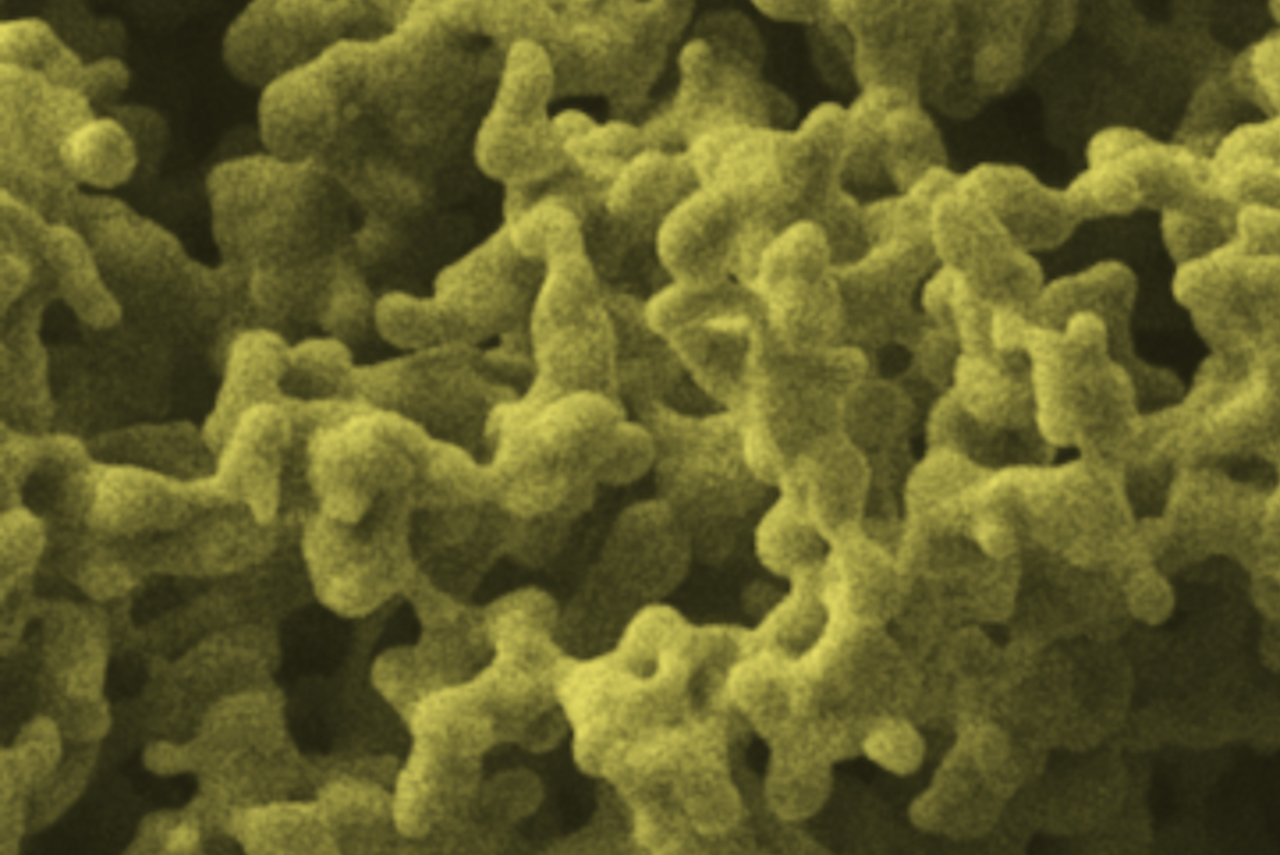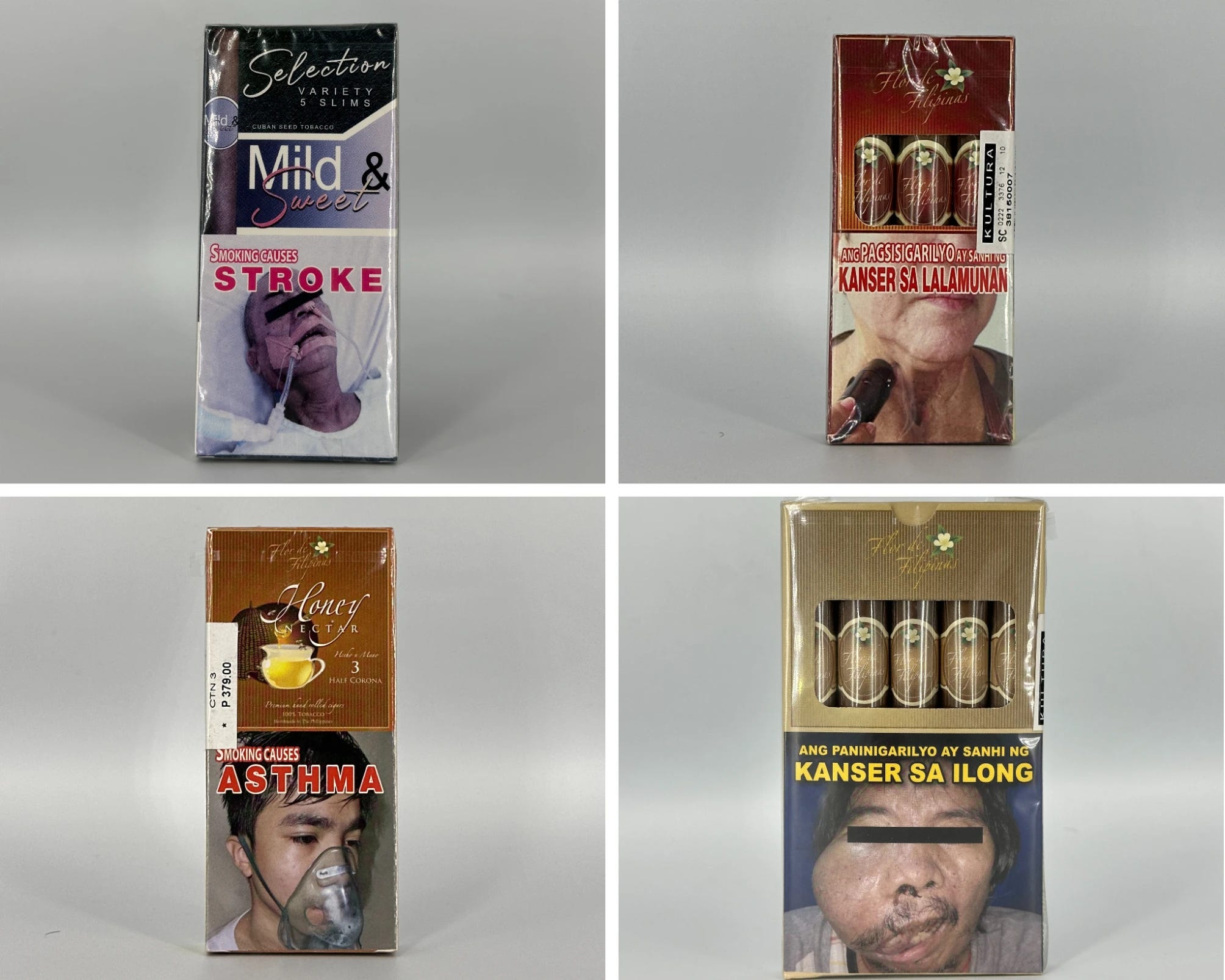
Scientists at the University of the Philippines – Diliman have developed a revolutionary method for creating gold nanocorals. This new technique is simpler, faster, cheaper, and far more environmentally friendly than existing methods.
The breakthrough utilizes readily available, low-cost plant acids in water. The entire process takes less than an hour at room temperature. This contrasts sharply with traditional methods, which are complex, expensive, and often harmful to the environment.
“The key is using the right combination of biogenic acids,” explains Dr. Michelle Regulacio, a key researcher in the project. “We were able to produce hyperbranched gold nanocorals in water, under ambient conditions.”
Gold nanocorals, with their branched, coral-like structure, possess unique properties. They are valuable in various applications. These include chemical detection, fluorescence imaging, and catalysis. The challenge has always been their production.
The UP Diliman team included Christian Paul Ende, Rufus Mart Ceasar Ramos, Phil Justin Pangilinan, Rogie Bautista, and John Rae Louis Escosio. They uncovered the specific chemical structures crucial for creating the intricate branched forms. Understanding these structures allows for better control over the nanocorals’ formation.
“This work shows that complex nanostructures don’t require complicated and expensive processes,” says Dr. Regulacio. She emphasizes that this method currently only applies to gold, not other metals.
The researchers believe this discovery will significantly impact the field of nanomaterials. It opens doors to numerous applications across various industries. Their findings were published in CrystEngComm, a leading journal in materials science. The Natural Sciences Research Institute funded the research. The world is watching as this eco-friendly approach promises a greener future for nanotechnology.




